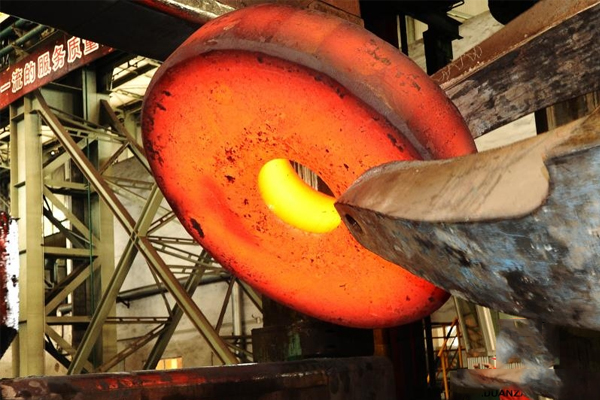Forgings are generally forged after forging, cutting, heat treatment and other procedures. In order to ensure the manufacturing quality of the die and reduce the production cost, the material should have good malleability, machinability, hardenability, hardenability and grindability; It should also have a small susceptibility to oxidation, decarburization and quenching deformation and cracking.
1, malleability: has low hot forging deformation resistance, good plasticity, forging temperature range is wide, forging crack cold crack and precipitation network carbide tendency is low.
2, annealing process: spheroidizing annealing temperature range is wide, annealing hardness is low and fluctuation range is small, spheroidizing rate is high.
3, cutting machinability: large cutting amount, low tool loss, low machining surface roughness.
4, oxidation, decarburization sensitivity: high temperature heating, oxidation resistance can be good, decarburization speed is slow, is not sensitive to the heating medium, the production of pitting tendency is small.
5, hardenability: after quenching, it has uniform and high surface hardness.
6, Hardenability: after quenching, a deeper hardening layer can be obtained, and the quenching medium can be hardened with moderate quenching.
7, quenching deformation cracking tendency: conventional quenching volume change is small, shape warping, distortion is slight, abnormal deformation tendency is low. Conventional quenching has low cracking sensitivity and is insensitive to quenching temperature and workpiece shape.
8, Grindability: the grinding wheel relative loss is small, no burn limit grinding amount is large, the grinding wheel quality and cooling conditions are not sensitive, not easy to wear damage and grinding crack.
Post time: May-19-2021

